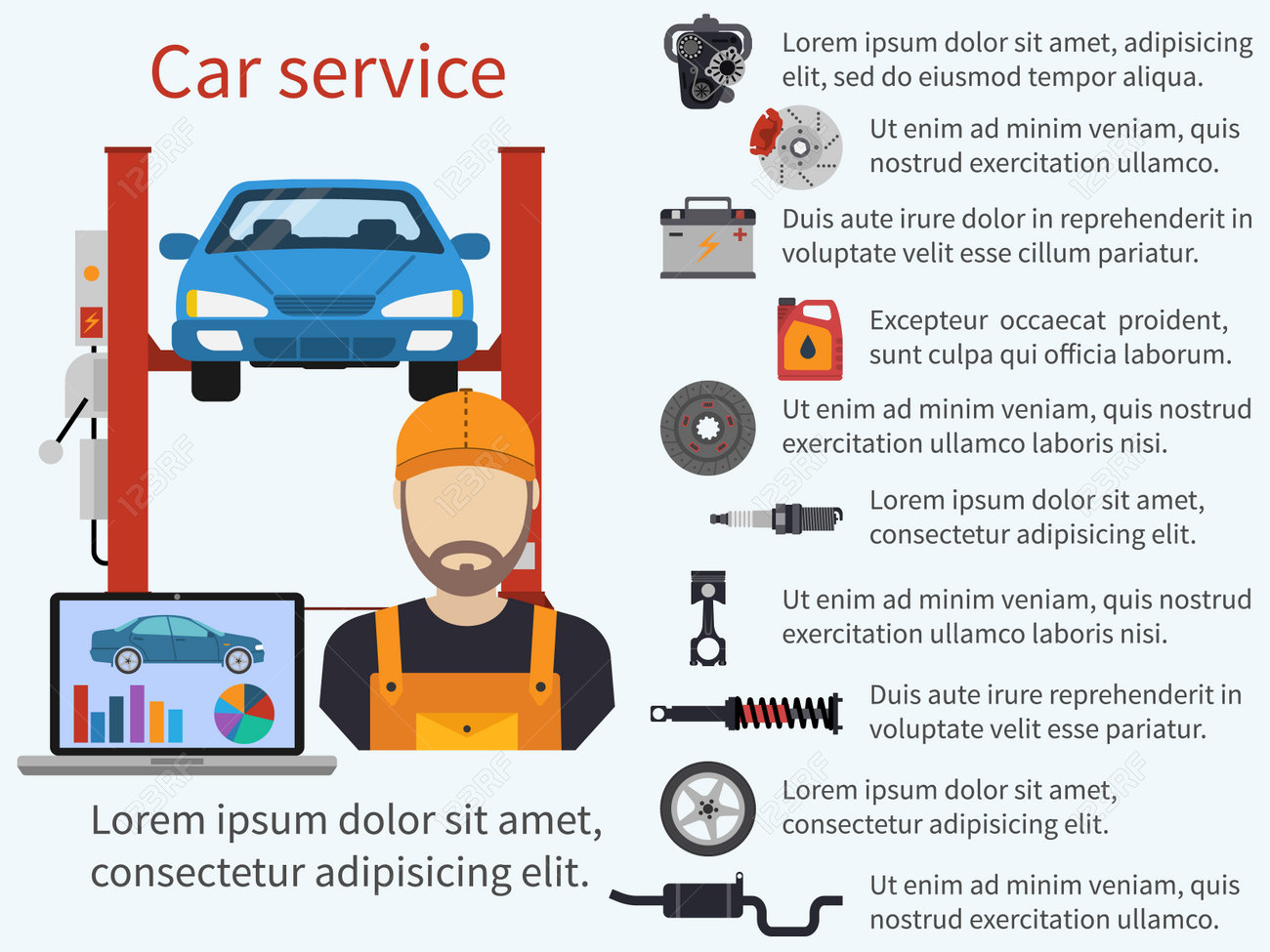Translating The Importance Of Your Car'S Warning Indicators
Translating The Importance Of Your Car'S Warning Indicators
Blog Article
Staff Author-Johannsen Conradsen
When you're behind the wheel, those beautiful caution lights on your dashboard can be a bit bewildering. Do you understand what they're trying to inform you regarding your automobile's health? Recognizing the value of these lights is vital for your safety and security and the long life of your automobile. So, the following time one of those lights appears, would not you want to decipher its message precisely and take the required actions to resolve it?
Common Warning Lighting and Interpretations
Determine typical caution lights in your car and comprehend their meanings to guarantee safe driving.
The most regular warning lights include the check engine light, which signifies concerns with the engine or exhausts system. If this light begins, it's important to have your automobile inspected promptly.
The oil pressure alerting light indicates reduced oil stress, calling for immediate focus to prevent engine damage.
A blinking battery light may suggest a damaged charging system, possibly leaving you stranded otherwise addressed.
The tire stress tracking system (TPMS) light alerts you to low tire pressure, influencing car stability and fuel effectiveness. Disregarding this might cause harmful driving problems.
The ABS light suggests a problem with the anti-lock stopping system, endangering your ability to stop rapidly in emergencies.
Finally, the coolant temperature level cautioning light warns of engine overheating, which can lead to serious damages if not fixed swiftly.
Recognizing these typical caution lights will assist you address concerns promptly and maintain safe driving conditions.
Relevance of Prompt Interest
Understanding the typical caution lights in your car is only the initial step; the significance of promptly resolving these cautions can not be emphasized enough to guarantee your safety and security when traveling.
When a warning light brightens on your control panel, it's your vehicle's method of connecting a prospective problem that needs interest. Neglecting these warnings can bring about extra serious problems down the road, jeopardizing your safety and possibly costing you a lot more in repairs.
Trigger attention to alerting lights can avoid break downs and crashes. For example, a blinking check engine light might suggest a misfire that, if left neglected, can trigger damage to the catalytic converter. Addressing this without delay can save you from an expensive repair work.
Similarly, a brake system cautioning light might indicate low brake liquid or worn brake pads, crucial components for your security when driving.
DIY Troubleshooting Tips
If you discover a warning light on your control panel, there are a few do it yourself fixing ideas you can attempt prior to seeking expert assistance.
The initial step is to consult your vehicle's manual to comprehend what the certain caution light suggests. Often the concern can be as straightforward as a loosened gas cap triggering the check engine light. Tightening up the gas cap may solve the problem.
Another typical concern is a low battery, which can activate different alerting lights. Checking the battery links for rust and ensuring they're protected could repair the trouble.
If a caution light lingers, you can attempt resetting it by separating the vehicle's battery for a few minutes and afterwards reconnecting it. Additionally, examining your automobile's fluid levels, such as oil, coolant, and brake liquid, can help repair advising lights related to these systems.
japanese auto repair , understanding your car's caution lights is crucial for maintaining your vehicle running efficiently and safely. By quickly addressing these alerts and knowing what they indicate, you can stay clear of pricey repair services and possible breakdowns.
Bear in mind to consult your car's guidebook for certain details on each warning light and do something about it as necessary to ensure a trouble-free driving experience.
Keep educated, stay secure when traveling!
